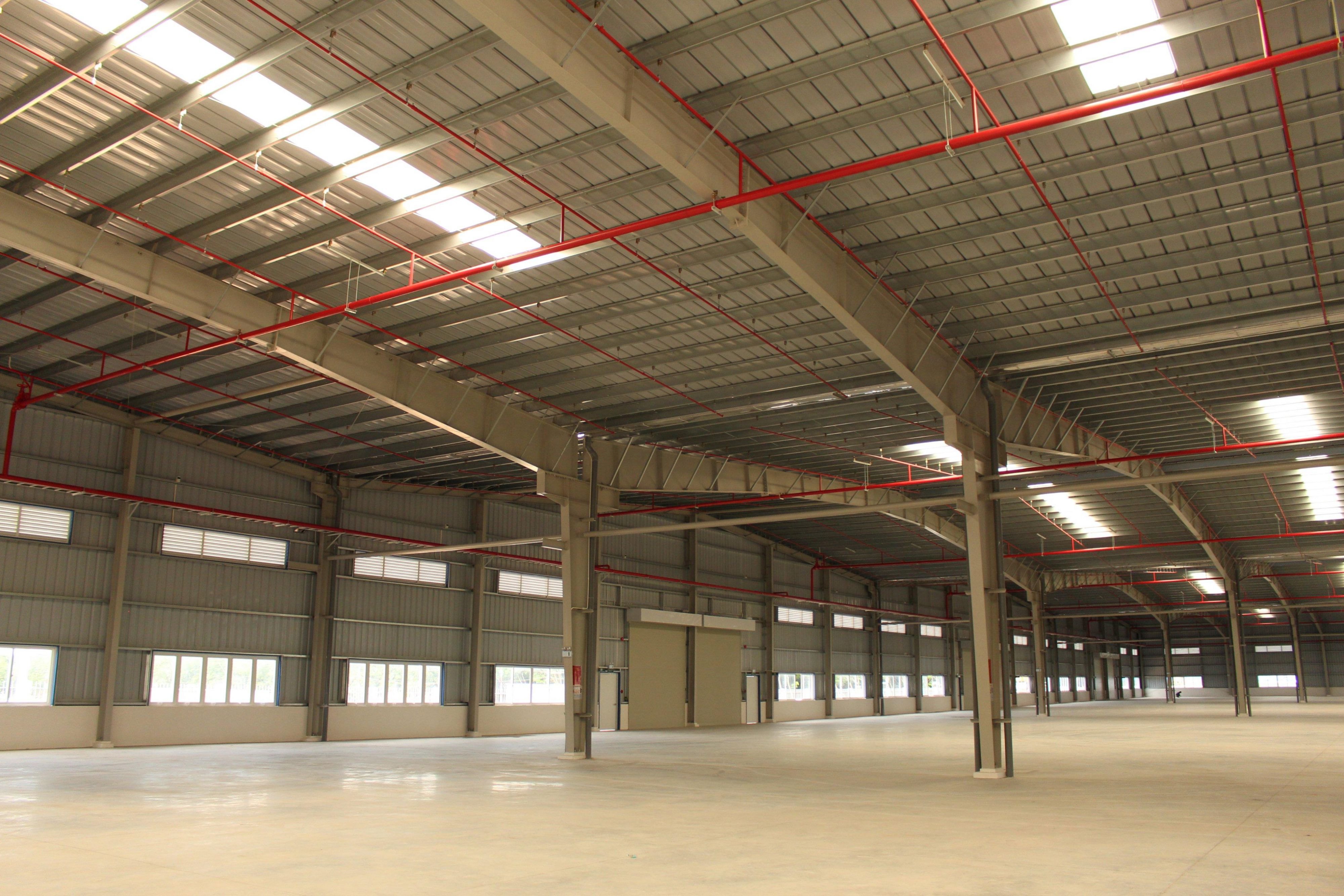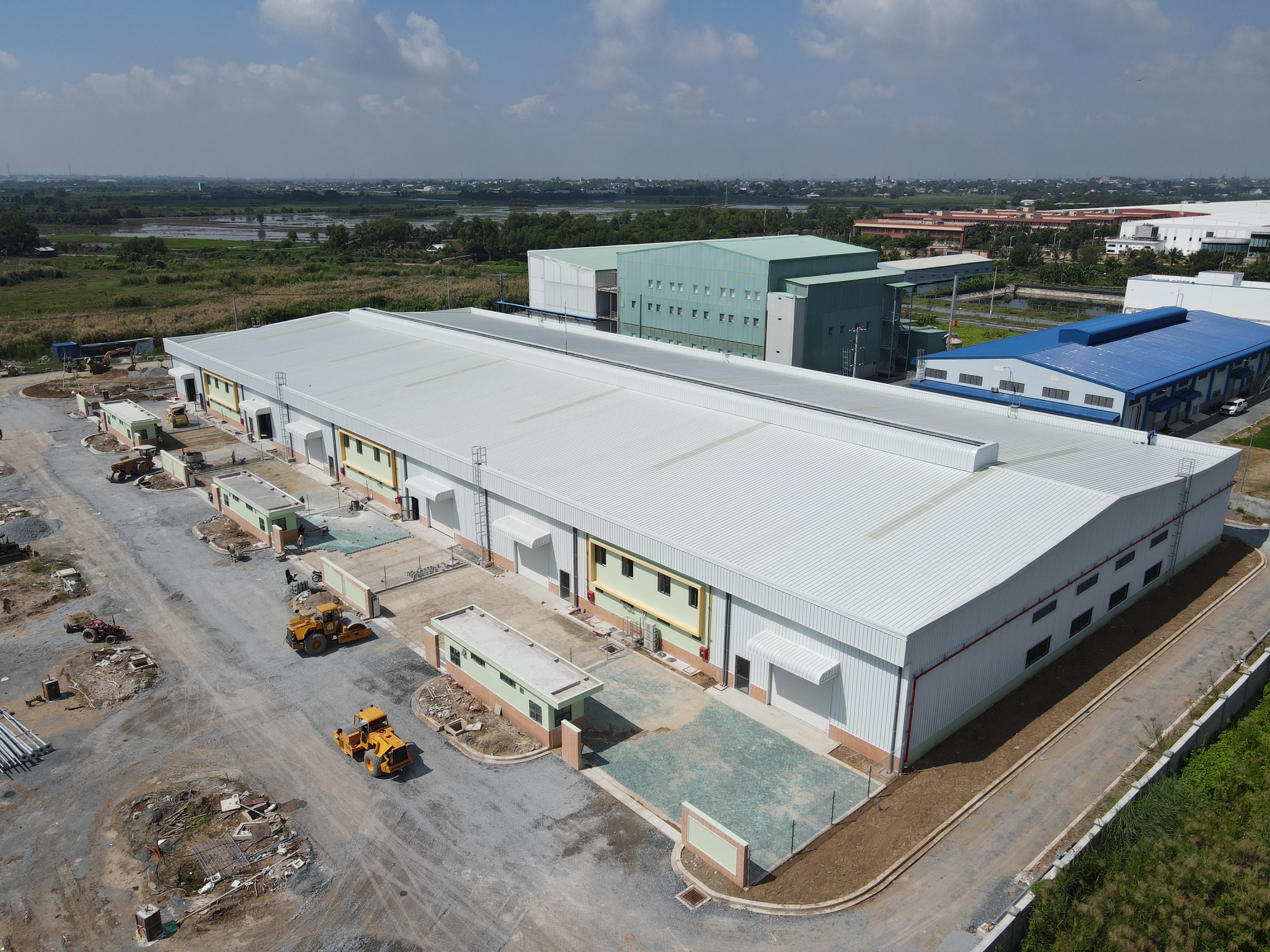Trends driving the Asia-Pacific industrial and logistics market
Asia-Pacific is witnessing the lightning pace of e-commerce growth, likely to continue until 2025. This is driving real estate transactions in the industrial and logistics markets. Global investment into industrial and logistics property has doubled over the past five years, reaching US$126 billion (S$173b), according to data from RCA in 2017.
A sector traditionally prized for its stable income has come to see dynamic capital growth and in some markets, logistics facilities now attract lower yields than retail property – almost unthinkable just a few years ago. This evolution has been driven by exceptionally broad investor appetite for the sector, with demand ranging from private equity vehicles and institutional funds to private individuals and families. Platform and portfolio transactions have become increasingly common among the largest investors, such is the desire to gain exposure to the sector. Some of the largest real estate transactions of recent years have come via the sale of logistics platforms, with the stand out example being CIC’s US$14.5 billion purchase of Blackstone’s Logicor business.
What is behind this insatiable demand for the sector? In Western markets, a stylised answer would highlight a structural rebalancing taking place, as changing consumer expectations increase retailer demand for modern distribution facilities. The relative scarcity of this stock is one reason why rental growth forecasts are healthy across much of Europe. Asia-Pacific markets share many of these characteristics too: witness the lightning pace of e-commerce growth forecast until 2025 overleaf. But, as we explore in our five key trends below, these locations face an arguably more complex mix of investment drivers, encompassing global trade, manufacturing growth and new infrastructure opportunities to name just a few.
China moving up the value chain
China’s growth over the last 30 years has been largely based on being the workshop of the world, relying on low-cost labour and often, heavy manufacturing. However, as crystalised in the “Made in China 2025” industrial strategy launched in 2015, policy makers are making a concerted effort to accelerate the country’s move up the value chain. Known as the Chinese version of Germany’s “Industry 4.0”, the aim is for China to compete globally in manufacturing innovative technologies. In terms of the impact on the built environment, there will be more investment in high-tech business parks, a continued drive to upgrade existing industrial sites and more investment in modern logistics facilities, while some of the older brownfield manufacturing areas, especially in the country’s rust belt, could begin to be targeted in a nascent regeneration strategy.
Externally, “Made in China 2025”, along with the rising cost of labour is already pushing a number of major international manufacturers into lower-cost locations, especially South-East Asia.
E-commerce in South-East Asia
With a challenging fragmented market, a lack of easy online payment methods, and a strong shopping mall culture, e-commerce in South-East Asia has not had the same penetration as some other regions. However, while the story of e-commerce in China, home to the world’s largest online retail market, is well documented, the potential in a region of 650 million consumers and a rapidly growing middle class must not be overlooked.

The significant investments of the major Chinese e-commerce giants, Alibaba and Tencent, into South-East Asia over recent months have brought the region into sharper focus, and with cross-border payment solutions being introduced, the scope for growth is significant. As with other markets, as more retail moves online, the growth in demand for modern logistics warehousing around major urban centres and transport axes will be a strong trend going forward.
Belt and Road to shift manufacturing and spur logistics markets
Launched in 2013, China’s flagship Belt and Road Initiative (BRI) is already having an impact on markets across the Eurasian continent. Spanning more than 70 countries in Asia, Africa, the Middle East and Europe, the BRI has directed significant investment into ports, railways, highways, power plants and economic zones to the benefit of destination markets and Chinese contractors.

While the initial investment is focused on infrastructure, the initiative is likely to help encourage the movement of low-cost manufacturing towards parts of South-East Asia and Africa, while new transport corridors will provide significant opportunities in the logistics sector as supply chains are upgraded. Varying levels of institutional effectiveness and market risks coupled with the sheer scale of the vision mean that progress will likely be patchy and opportunities staggered, although South-East Asian markets, in particular Thailand, Malaysia and Cambodia, are already seeing an uptick in interest across these sectors amongst Chinese and international manufacturers and real estate developers.
Indian tax changes helping modernise the logistics sector
The Goods and Services Tax (GST), regarded as the biggest tax reform in the history of independent India, was rolled out in 2017. The long-awaited move has led to the replacement of numerous federal and state taxes and has brought about significant uniformity and certainty in the Indian market. Prior to the GST regime, the same products were sold at different prices across state borders owing to this lack of uniformity in the tax structure.
GST has helped eliminate these price differentials and thus created a level playing field. In the logistics and supply chain industry, this is already having a noticeable impact. First, the removal of check-points has led to the faster movement of goods, which is leading to reduced inventory holding levels. Reduced inventory levels directly impact the requirement for warehousing space and facilitate the growth of fewer, larger warehouses that allow companies to leverage enhanced economies of scale. Subsequently, in a very fragmented market, developers and logistics players have started to look at warehouse consolidation. All of these changes are attracting increasing interest from investors keen to tap into growth in the second most populous market in the world.
Trade tensions
Year 2018 has been marked by fluctuating trade tensions, especially between the US and China. The threat of escalation is forcing some businesses to review their strategies and risk assessment. Major manufacturers who could potentially face increased tariffs if the situation deteriorates could look at adjusting their supply chains, with many already looking at contingencies in case the situation worsens.
This could have an impact in a number of ways, with possible re-shoring or outsourcing to markets where any potential tariffs could be circumnavigated or assembling components in different markets to reduce risk. While a deteriorating situation could have a knock-on effect on a number of Asia-Pacific economies, political manoeuvring could resolve the situation or potentially see increasing engagement on other multilateral trade deals.
(Source: Supplychainasia.org)

 Location
Location (+84) 948 859 999
(+84) 948 859 999 info@saigonvrg.com.vn
info@saigonvrg.com.vn
















